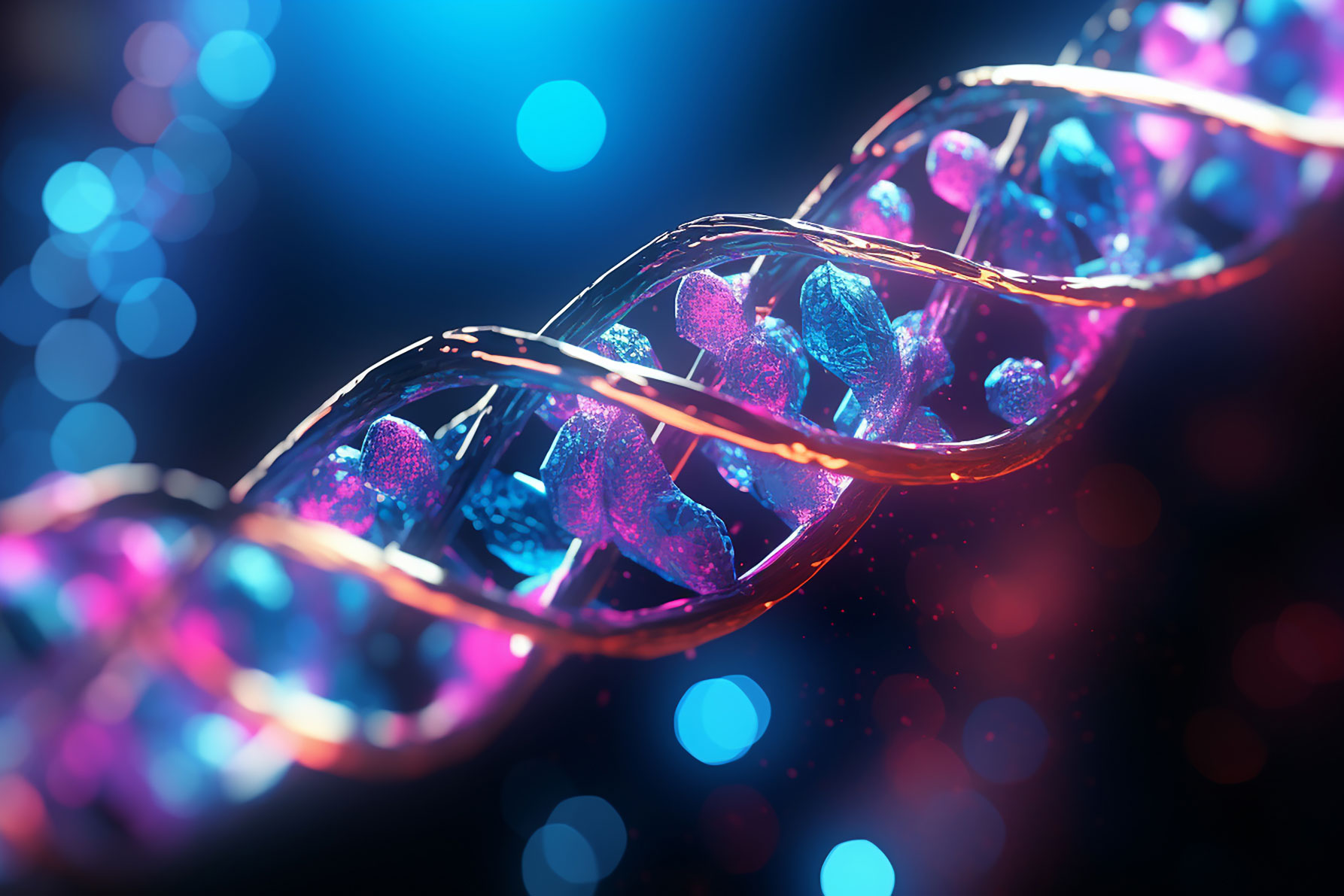Red Light Therapy
The concept of using red light at sunrise is often associated with the natural light spectrum and its impact on circadian rhythms. Natural sunlight, especially during sunrise, contains a higher proportion of red and orange wavelengths. Exposure to this light, particularly in the morning, can have several potential benefits:
Circadian Rhythm Regulation
Exposure to natural light in the morning, which includes red wavelengths, helps regulate the body’s internal circadian rhythm. This can contribute to better sleep-wake cycles and overall sleep quality.
Melatonin Suppression
Morning exposure to natural light, including red light, helps suppress melatonin production. Melatonin is a hormone that promotes sleep, and its suppression in the morning helps maintain alertness and wakefulness during the day.
Energy and Mood Enhancement
Exposure to natural light, especially during sunrise, is associated with improved energy levels and mood. Red light, being part of the natural spectrum, may contribute to these positive effects.

Vitamin D Synthesis
While red light itself does not contribute significantly to vitamin D synthesis, exposure to sunlight in the morning promotes the production of vitamin D in the skin.
Red Light Therapy Devices
When choosing a red light therapy device, it’s essential to consider your specific goals, budget, and preferences, as well as consulting with a healthcare professional if you have any underlying health conditions or concerns.
Wavelength
Red light therapy devices emit light in the red to near-infrared spectrum, typically ranging from around 600 to 850 nanometers (nm). The specific wavelengths can impact the depth of penetration into the skin and tissues, influencing the therapeutic effects.
Depth of Penetration
Different wavelengths penetrate tissues to varying depths. Red light at the shorter end of the spectrum (around 600-650 nm) tends to penetrate more superficially, primarily affecting the layers of the skin. In contrast, near-infrared light at the longer end of the spectrum (around 800-850 nm) can penetrate deeper into tissues, reaching muscles, tendons, and even bones.
Biological Responses
The specific biological responses triggered by red light therapy can vary depending on the wavelength used. Red light in the range of 600-700 nm is often used to target superficial skin concerns such as promoting collagen production, improving skin tone and texture, and reducing the appearance of wrinkles and fine lines. Near-infrared light in the range of 700-850 nm can penetrate deeper into tissues and has been shown to stimulate cellular metabolism, enhance circulation, reduce inflammation, and promote tissue repair and regeneration.
Mitochondrial Response
One of the key mechanisms of action of red light therapy is its interaction with cellular mitochondria, the energy powerhouses of cells. Different wavelengths may have varying effects on mitochondrial activity and ATP (adenosine triphosphate) production, which can influence cellular functions such as energy production, oxidative stress response, and cellular signaling pathways.
Therapeutic Applications
The choice of wavelength can be tailored to specific therapeutic goals and target tissues. For example:
- Red light in the 600-700 nm range may be preferred for skincare applications, wound healing, and superficial tissue repair.
- Near-infrared light in the 700-850 nm range may be more suitable for deeper tissue healing, muscle recovery, joint pain relief, and enhancing athletic performance.




